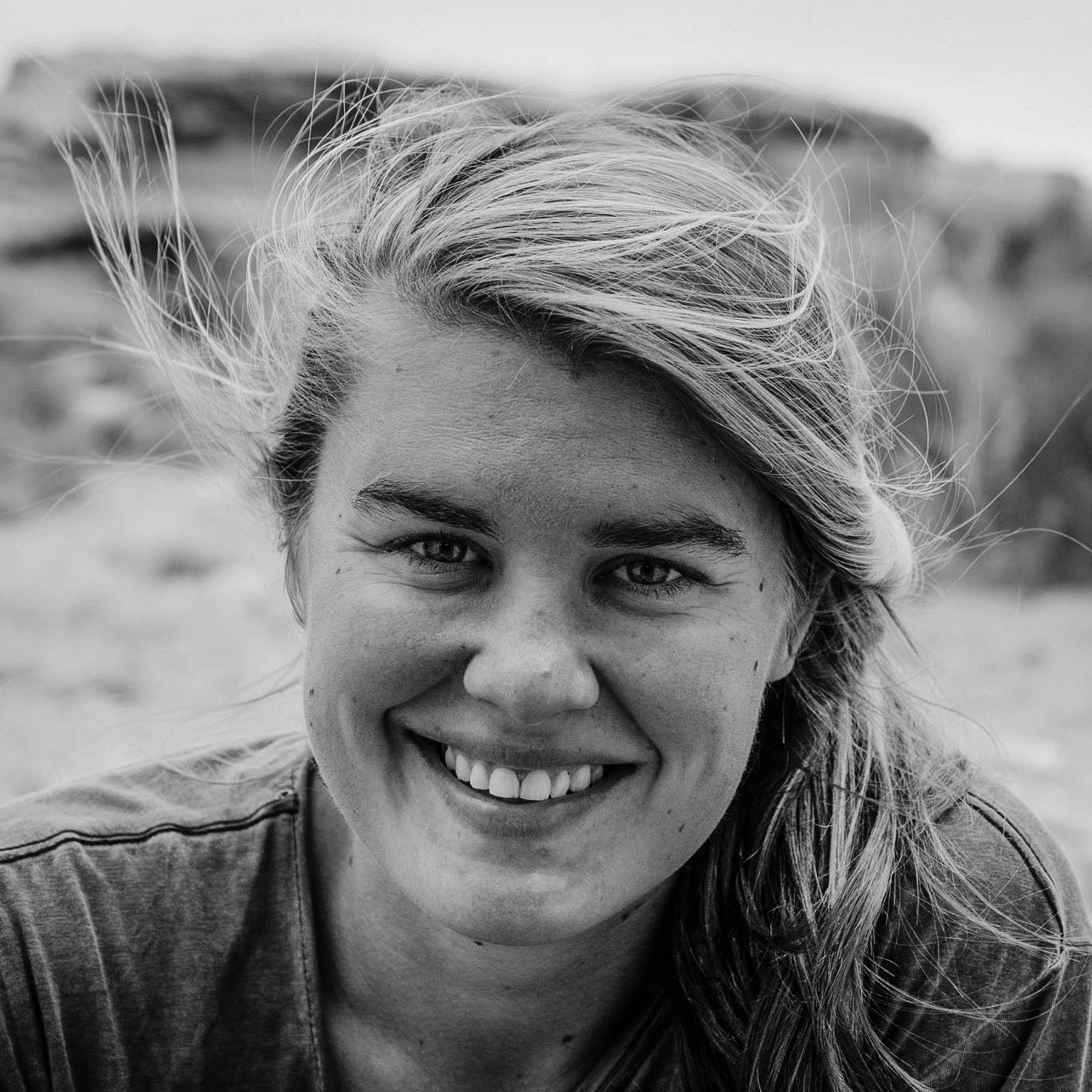The Boy on the Bus
After enormous amounts of wandering, Panamá has become my full-time home once again. Going slow, relentlessly chasing passions and refusing to have a plan b has taken me to exactly where I want to be. In our off-the-grid, jungle-base-camp of a home, we are redefining how modern living can happen, with all of the mistakes and joys of learning that come with such an approach. More questions about everyday living must be addressed out here on this blank slate than in other, more “normal” living situations. For me, dealing with type 1 is no exception. When travelling to an unfamiliar place, the logistics lay in packing enough supplies to last throughout my stay. When moving indefinitely, it’s figuring out local practices that becomes necessary.
The grandeur of my insulin system here in Panamá is difficult to deny. Every few months, I go into the big city, head to the grocery store, decide whether I’m in the mood for pens or vials, hand over some cash and receive my supply. No doctors, prescriptions, or insurance companies have any effect on this transaction. It’s entirely dreamlike … as long as you ignore the larger picture. This management system only works because of the quality knowledge ingrained in me as a child. Very few autoimmune attacks ask their bodies to become personal doctors in the way that type 1 does. In making your brain act as your pancreas, success only arrives when coupled with enormous understanding. I can only marvel at obtaining insulin without outside influence because I know what I need. This, I finally realize, is an extreme luxury. Not only are the steps to control type 1 not taught in much of Latin America, but the symptoms are unheard of and diagnosis rarely happens.
On the other side of the coin, information about type 2 is widely shared, including public service announcements across billboards and signs in every clinic. As a disease that can often be cured with lifestyle changes, the rise in education in that sphere is truly something to be thrilled about. While I am pleased with the increase in awareness positively influencing the lives of millions, it only makes the type 1 fight harder. To have “diabetes” here is to have type 2. When questioned about shots or testing, I explain that my blood sugar levels must be externally controlled because of an autoimmune attack in my pancreas. People are accepting of this and often express admiration about handling such a condition while living in a literal jungle. Yet, if I include the word diabetes in that explanation, the questioning comes to a screeching halt. Quickly, I become someone who got this due to lack of self-control or refusing to listen to doctors. The empathetic give their wishes for quick healing, while the wise guys explain that I’m a spoonful of cinnamon away from a cure. Not being able to use the word that you are trying to change the definition of makes teaching significantly more difficult.

As humans, we are drawn to stories. It is impossible to disassociate yourself from their power. Knowing that hundreds of thousands of children are affected by type 1 will never elicit as strong of a response as knowing one individual’s narrative. Living in Panamá, I knew the facts on how poor the system was, but this information was not pulling me to action because it didn’t have a face. Recently, that changed and I have not been able to shake it from my thoughts.
To understand the essence of Panamanian public transportation without experiencing it is a nearly impossible task. Instead of painting that picture, I will just say that six hours into a fifty-mile trip, conversation was flowing at an extraordinary rate. The young woman behind me was studying photography and we were quick to be fully engaged, only paused by her toddler’s hide-and-seek antics. As our bus crept passed another mid-lane music vendor, she explained it was time to give her son what he called an “ouch test.” Later she noted that whenever she tests him in public, she’s prepared to defend its necessity. People have ridiculed her for making his quiet grin and bright eyes melt into tight fists and slow tears, completely unaware of the fierce love it takes to provide such difficult care. To her surprise, my own testing supplies and a load of understanding were instead what joined the scene. 5, 4, 3, 2, 1. His screen read 311. 5, 4, 3, 2, 1. Mine said 68.
Before those numbers appeared, we knew what each other faced, but seeing that range solidified the realness. Our conversation quickly heightened. Things I previously thought only existed in nightmares were finding their way into my ears. He wouldn’t be getting insulin right now because there was never enough to last. They would have to wait for a higher number to legitimize its use. Right now, it was sippy cups of water and a longing for their bus stop so he could get out of this crowded space and run around. Then, in the form of a single-tone triple beep, the reality of how unfair life can be hit me like a ton of bricks. His thickening blood wasn’t enough to warrant an injection, yet my phone was alerting me that I had taken too much and should address it in order to avoid a slight inconvenience. For the first time in my life, I realized the luxury behind being low. My stomach turned as I silenced my phone, hiding the graph. That technology had no place in this discussion. Its explanation would do more harm than good. How did I end up with these resources in my possession? He deserved them just as much as I did. This is not fair. None of this is fair.
As he settled into her lap, she and I settled into conversation. We discussed how hard the fight for a diagnosis had been, how rarely her questions were answered, and how she couldn’t fathom what support would even look like. We shared disbelief in the price of insulin in Panamá more than doubling in the last couple of years. She told me how every once in a while the pharmacy would run out of insulin all together and she would find herself calculating how long he could last without it. There is a sharp line between things she shared that I can wrap my mind around and others that are beyond comprehension. In just a couple of minutes, she took all of the statistics years of research had given me and finally made them important. The rumors are true. The rumors are horrific. Now, they matter.
Before I knew it, I was off of that bus and onto another. The fierce bustle of that terminal felt appropriate. There was no sensible way to split paths after such a jarring experience. My friend Davíd, a videographer by trade, even noted that my kneeling hug and exchange of goodbyes with mother and son made him tug for his camera. This doesn’t surprise me. My emotions were raw with that child. They were strong. His smile, the soft one that is hard to earn yet speaks of understanding far beyond his years, will not soon to be forgotten.
As the day’s transportation came to an end, my head immediately wandered to the months’ worth of insulin sitting in the fridge. A long table was filled with two-dozen friends, who paused their laughter as they realized my quiet. As I started to explain the day’s experience, it registered how quickly my community has always been there to engage in conversations supporting my fascinations and frustrations with this disease. These two things, insulin in the fridge and friends who are keen to listen, may make me the most fortunate type 1 in Panamá.

No one’s relationship with this disease is easy, but you must consider something: by reading this article you are among the most fortunate of people with diabetes out there. Our struggles, as agonizing as they are, are a dream to many. Being tuned into the BT1 community gives us privileges that many people sitting in the comforts of developed nations forget are not universal. When I started transferring these words from the crumpled pages of my notebook to my computer, the debacle of a New York restaurant’s sign stating that people with diabetes couldn’t do shots in public was the forefront of type 1 news. I searched and got the story, then immediately turned to a friend for advice. How was I to address strong rallying cries for restaurant signs when the realities I am surrounded by hold so much more severity?
It’s funny how quick we were able to get caught in the back and forth about the sign. As a waitress, she had experienced needles being left on tables numerous times, even with returning customers who were asked to dispose of them. She felt there was shared responsibility and that people with diabetes weren’t always keeping up their end of the deal. That makes a sign seem a bit more appropriate. What about public places needing to have needle receptacles in bathrooms? I guess it could be convenient, but throwing them in my backpack makes just as much sense and saves a lot of hassle for others. Right now, I don’t know where I stand on these things. Many of you probably have thought-out opinions about these subjects. Your ideas for solutions may be fueled with negative emotion, but you give them time regardless. Why? Those issues are approachable. A curly headed toddler with a controllable disease who cannot stay healthy due to lack of resources is not nearly as so.
It is easy to want to stay on the restaurant-signs-and-sharps-containers side of the conversation. Your brain aches to linger with the dilemmas it can understand. It is still tough for me to fathom the problems with Latin America’s system and I live in the middle of it all. My action plan for how to positively affect this monstrosity of a problem is not complete. Actually, it is far from that. As I wander this region, my understanding becomes more full, but how to create lasting change continues to loom. I want to do something. I want to do something big enough to have this conversation look different years down the road. My head is churning. Bringing the problem to the table by sharing it with you all is my first step. Together, ideas can turn into plans. We have the chance to take the power this crew is known to have and do something huge with it. I hear there are even some restaurants with space on their walls already prepped for diabetes awareness…
I’d love to hear from you about this subject. Email me! My desire to hear your ideas has never been greater. Let’s chat.
Read more from Carter Clark: Limitless—Rethinking Type 1 and Never Stop Exploring.





